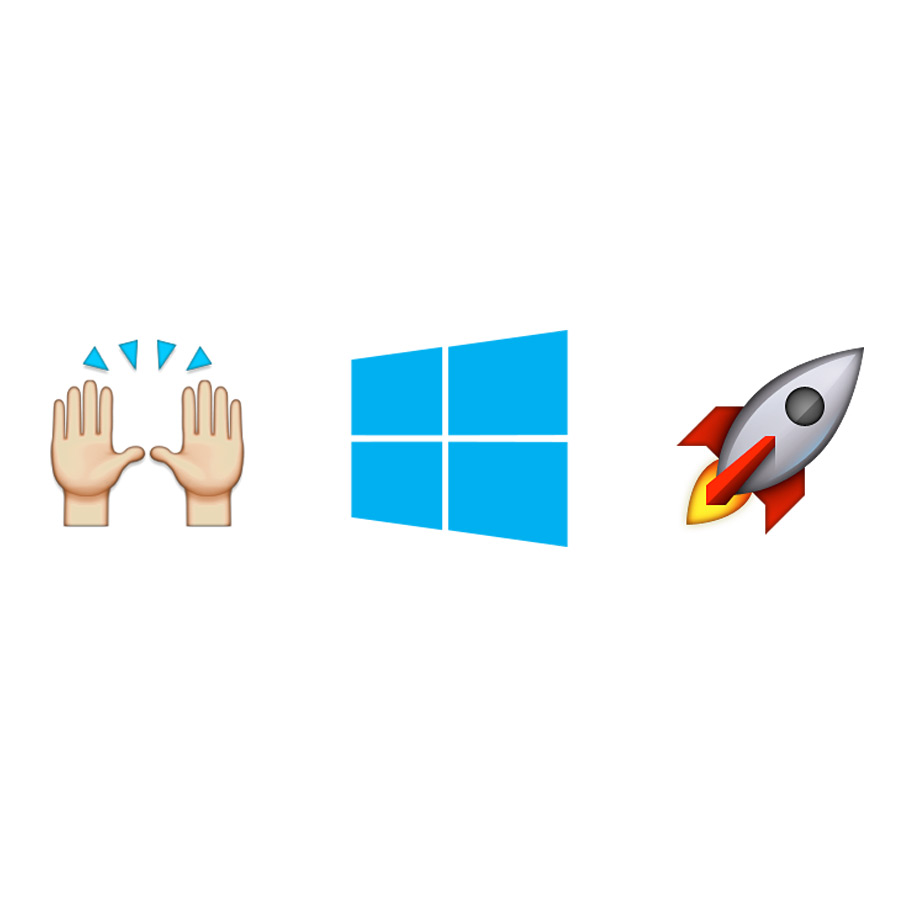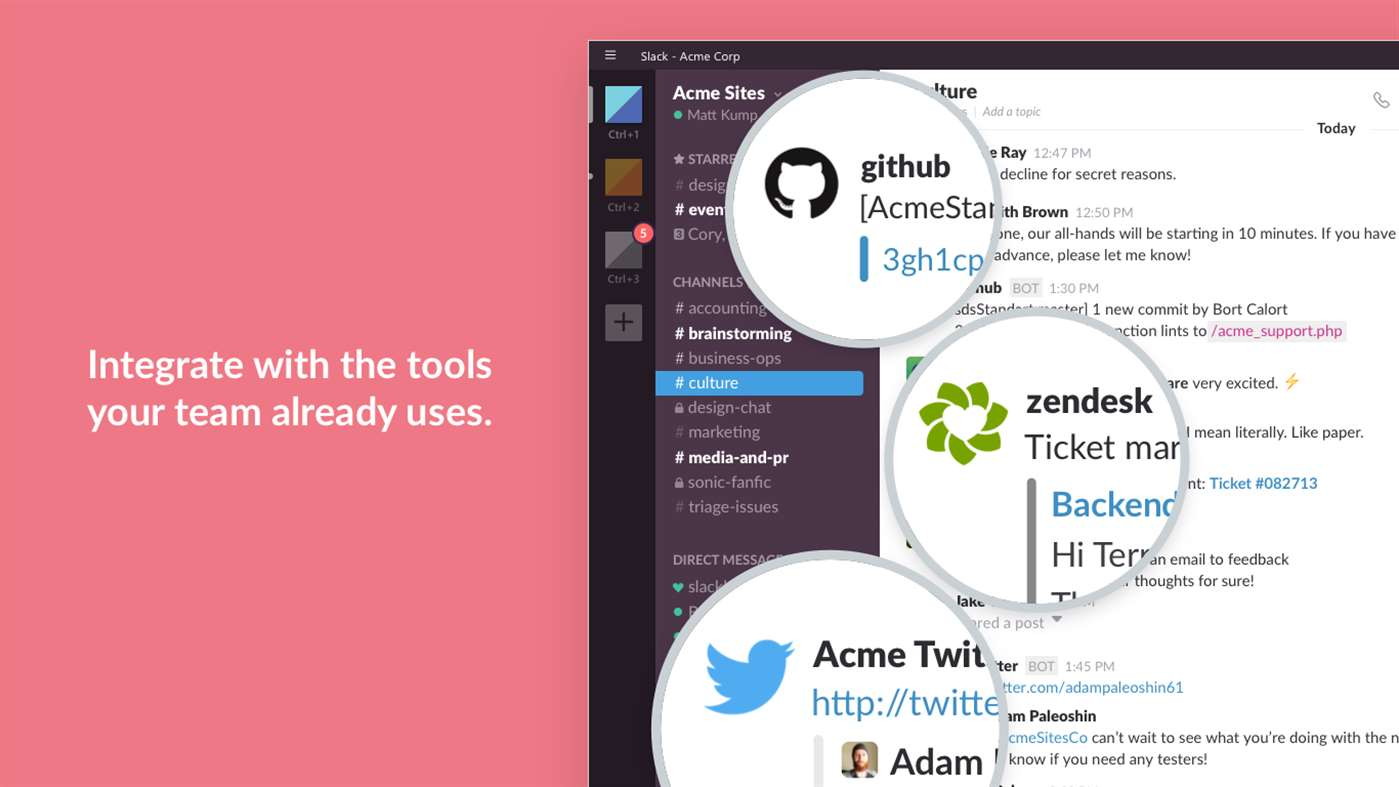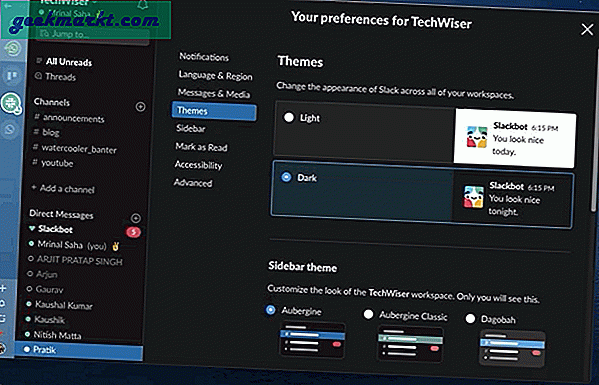

If you receive an invitation to a U-M Slack workspace before creating your U-M Slack account, you will not be able to access the link and accept the invite until you do so.Ĭaution: Michigan Medicine users who have restricted access to Google Calendar and Mail (i.e., do not have an override granted to use Calendar and Gmail) may run into issues when attempting to sign in to a new workspace on desktop and mobile. As a reminder, you must create your U-M Slack account before you can sign in to or accept invites to other U-M Slack workspaces. You can install Slack from the Google Play store.Īfter installing the Slack application on your device, you can sign in to a U-M Slack workspace.

You can install Slack from the Apple App Store. To install Slack on a computer that MiWorkspace does not manage: Personal Computer or Other Non-MiWorkspace Computer If MiWorkspace manages your computer, you can download Slack from the Software Center (Windows/PC) or Managed Software Center (Mac). To install Slack on your device, determine which type of device you have and follow the corresponding instructions: The new app will be rolled out over the next two weeks, you can get it here.Important: You must create your U-M Slack account before installing or signing in to the Slack application.

Slack’s new app also introduces limited offline support, which lets you set your status, star items, and react to messages when you don’t have an internet connection. An engineering deep-dive into the new app explains how Slack has managed to use less memory and introduce the performance gains, but the notable points include a focus on multi-workspace aware code, and a move to React. That’s obviously a massive gain in performance, considering the fact that Slack has been criticised in the past for using lots of memory, especially when a user has a lot of workspaces. Joining incoming calls on the app is also now 10x faster than before, but do keep in mind that these performance gains will differ depending on your actual network.īut more importantly, the new app uses 50% less memory than before. The new app, according to the company, loads 33% faster than before, and it’s so fast that Slack’s gotten rid of the loading messages. Slack has gotten a lot of - wait for it - flak ( sorry) for the performance and resource usage of its app, so it’s finally addressing those with the latest update. The company is announcing the new rebuilt app, which looks exactly the same as before, but has lots of changes under the hood to make it faster than ever before.

Slack is rolling out a brand-new desktop app for its service today.


 0 kommentar(er)
0 kommentar(er)
